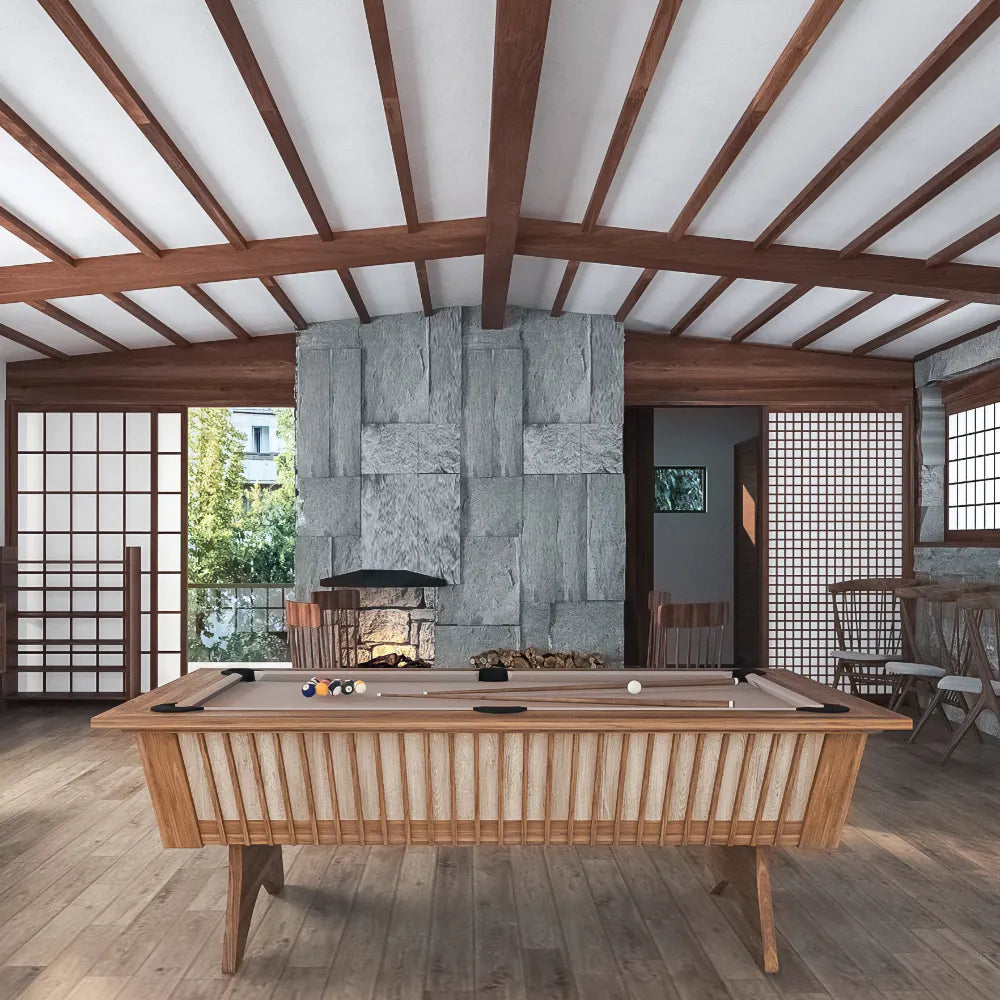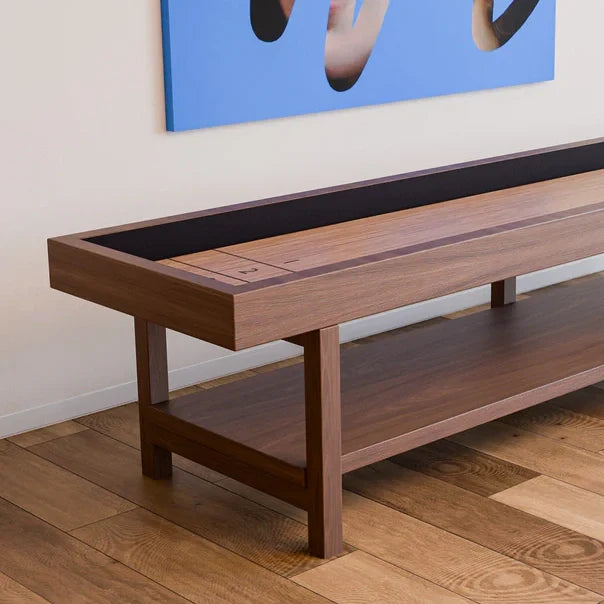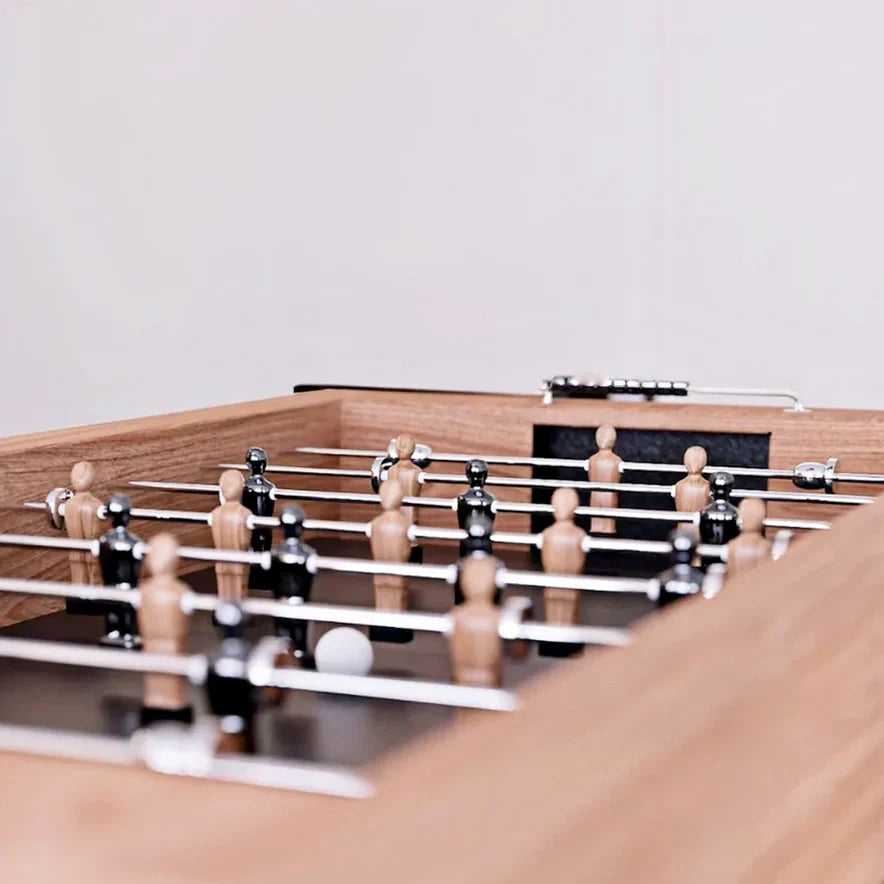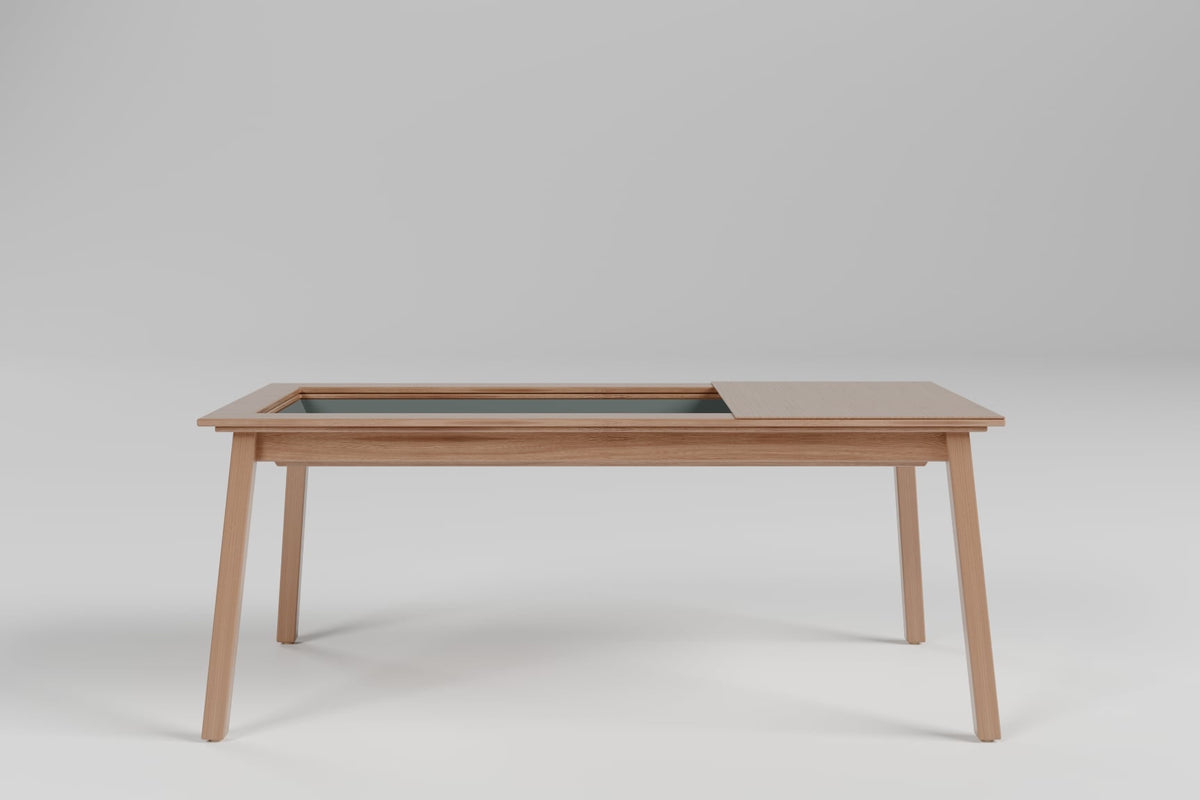Common Pool Table Sizes
Pool tables come in several standard sizes, with the most common being:
-
7-Foot Table:
- Dimensions: Approximately 7' x 3.5' (213 cm x 107 cm)
- Playing Surface: About 39" x 78" (99 cm x 198 cm)
-
8-Foot Table:
- Dimensions: Approximately 8' x 4' (244 cm x 122 cm)
- Playing Surface: About 44" x 88" (112 cm x 224 cm)
-
9-Foot Table:
- Dimensions: Approximately 9' x 4.5' (274 cm x 137 cm)
- Playing Surface: About 50" x 100" (127 cm x 254 cm)
These sizes cater to different playing styles and preferences. The 7-foot table is popular for casual play, while the 9-foot table is often preferred for serious players and professional settings.
Regulation Pool Table Sizes
Regulation tables adhere to specific guidelines, ensuring a consistent playing experience. The key feature of regulation tables is the 2-to-1 ratio, meaning that the length must be twice as long as the width. For example:
- A 9-foot regulation table measures 4.5 feet wide and 9 feet long.
- An 8-foot regulation table measures 4 feet wide and 8 feet long.
Both the 8-foot and 9-foot tables are among the most common regulation sizes.
Room Size Requirements
To ensure a comfortable playing environment, it’s crucial to have adequate space around the pool table. The general recommendation is to allow at least 5 feet of cueing room on all sides of the table. This space accommodates players using standard cues, which are typically 57 inches (145 cm) long.
Minimum Room Dimensions by Table Size
| Table Size | Minimum Room Size (feet) | Minimum Room Size (meters) |
|---|---|---|
| American 7-Foot | 13' x 16' | 4.0 m x 4.9 m |
| American 8-Foot | 14' x 18' | 4.3 m x 5.5 m |
| American 9-Foot | 15' x 18' | 4.6 m x 5.5 m |
Choosing the Right Pool Table for Your Space
To determine what size pool table is best for your home, you need to know the dimensions of the room where you plan to install it. Here’s a step-by-step approach:
- Measure Your Available Space: Calculate the open area in your room after accounting for furniture.
- Add Cue Length: Convert your available space into inches.
- Calculate Total Dimensions Needed: For any pool table, add approximately 58 inches to both its length and width to accommodate cue length and movement space.
For example, if you have a room that measures 16 feet by 20 feet (192 inches by 240 inches) with an open space of 14 feet by 15 feet (168 inches by 180 inches), an 8-foot table would fit comfortably:
- Length Calculation: $$96 + 58 + 6 = \text{160 inches}$$
- Width Calculation: $$48 + 58 + 6 = \text{112 inches}$$
In contrast, a larger 9-foot table would not fit comfortably in this space.
Conclusion
Selecting the right pool table size involves understanding both your personal preferences and the spatial constraints of your home. By familiarizing yourself with standard pool table sizes and calculating necessary room dimensions, you can create an enjoyable gaming environment tailored to your needs. Whether you're hosting friends or honing your skills, having the right setup will enhance your overall experience in playing pool.





0 comments